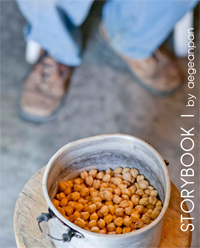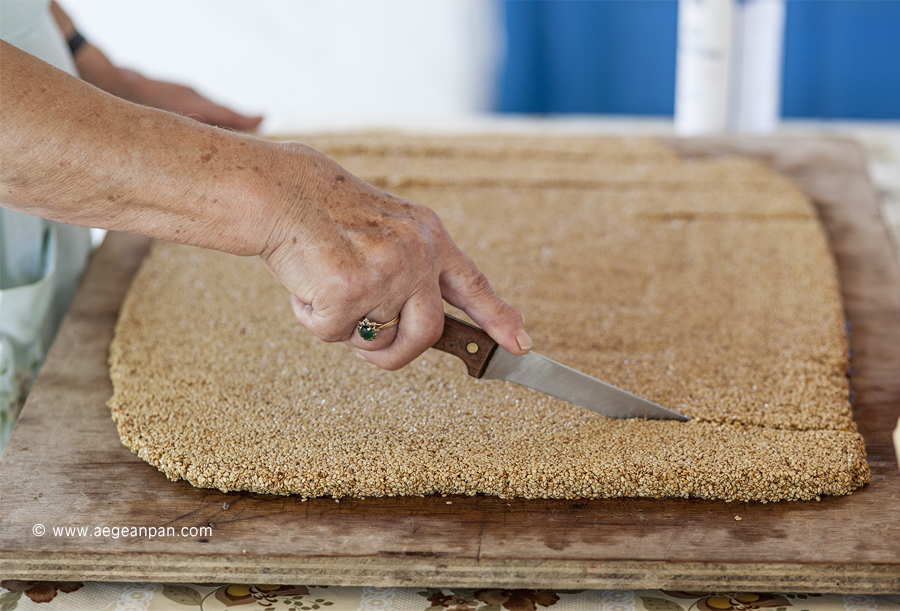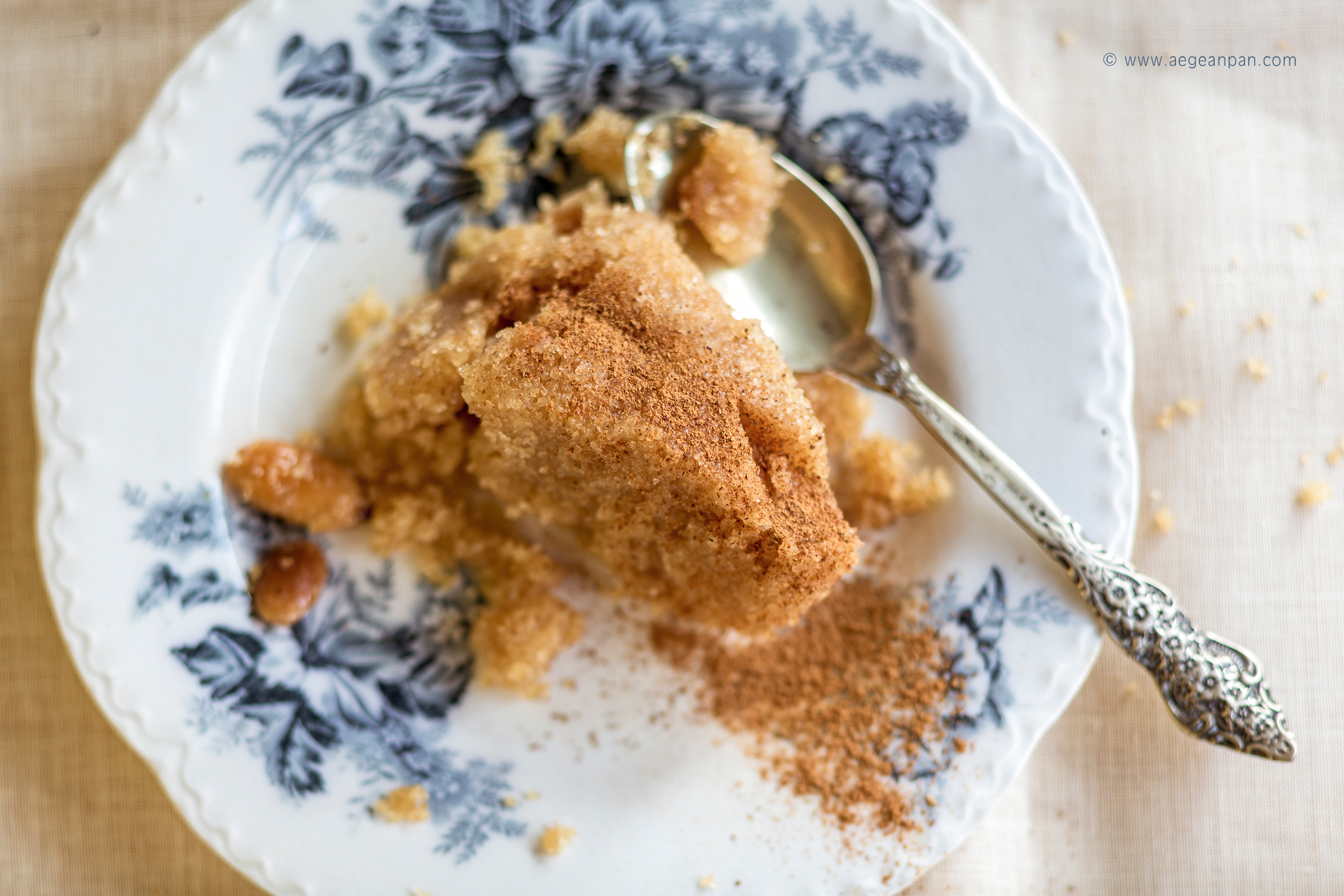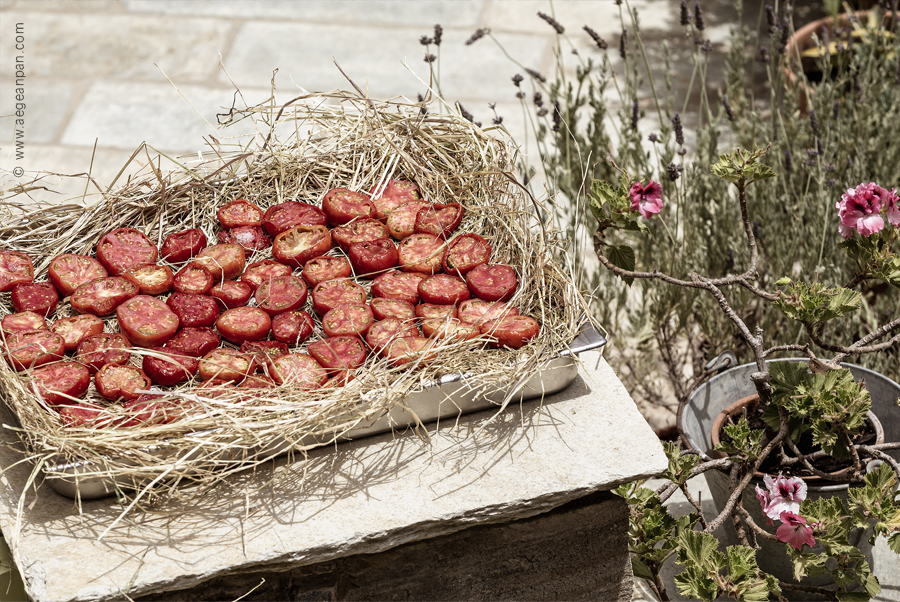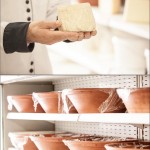
.jpg)

.jpg)

.jpg)




The sea of macrames, embroideries and crochets on the shops of Fodele village in Crete captures the eye of the visitor: many of those patterns are knotted outdoors in patience; shining like spider webs under the sun. When you watch the experienced artisans knotting, it seems as if their mind is everywhere but on the piece they are actually working. They can talk or they can stay silent, lost in their thoughts, until the thoughts gradually disappear. An old lady that used to weave once told me, that when she was sad, she used to weave her sorrows away, while when she felt happy, she let the emotion inspire her work.
Although traditional patterns were transmitted from one generation to the next in a specific way that preserved them, revealing their age and origin, there was always space for inspiration and improvisation that made skilled worker’s pieces expressive and recognizable. My grandmother knew how to make beautiful laces, that are all over the house and remind me of her. As much as I love her pieces, I couldn’t recognize her technique and patterns among others, but I know that some of her old friends could.
The most fascinating thing about handcrafted pieces for me, is the way they are used as time reference. They are connected with events, people and all sorts of beginnings and endings; for those who buy them, those who inherit them -and most of all-, for those who create them.
photos by christos drazos
words by maria alipranti


